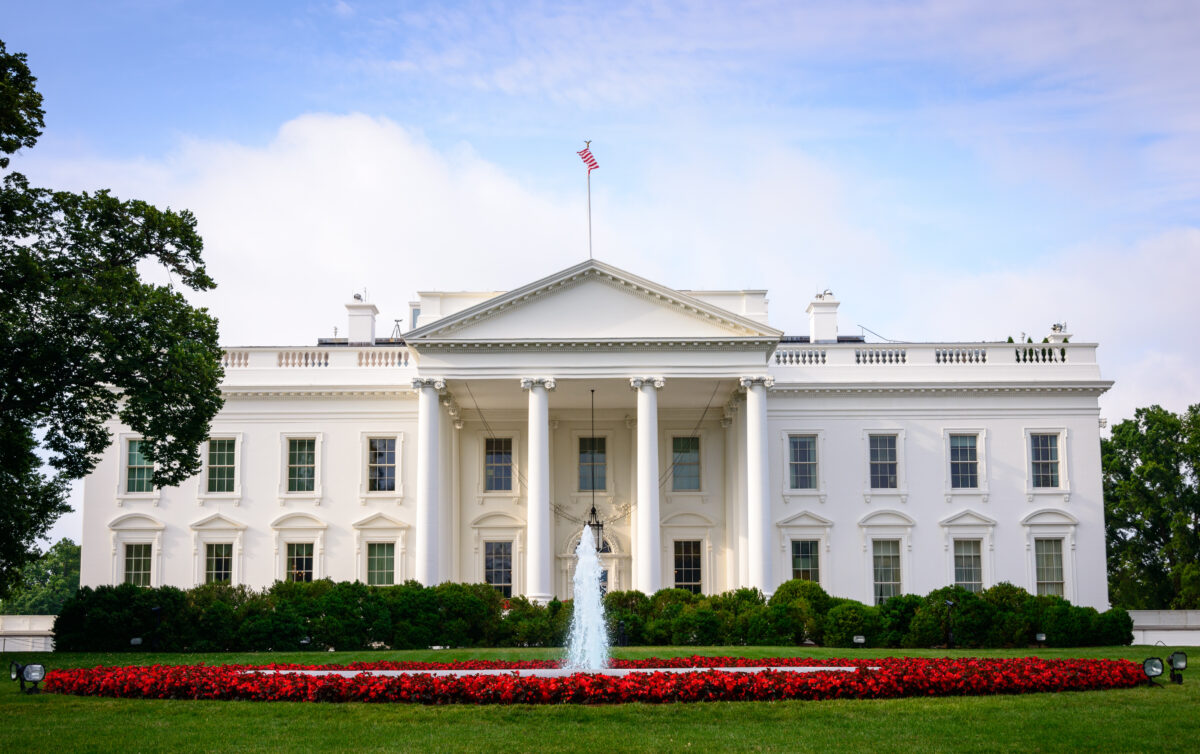On his way to the White House in 2016, President Donald Trump specialized in shattering conventional wisdom and challenging the status quo.
To this day, our president believes Americans are getting ripped off by unfair trade practices where country after country has gotten comfortable taking advantage of the United States because of our unparalleled generosity and wealth. So, he’s focused like a laser beam on fair trade and leveling the playing field so our manufacturing workers can compete with foreign competitors and prosper. President Trump has declared that by implementing targeted tariffs on foreign countries that hurt American workers, “our country will be extremely liquid and rich again.”
Having served as President Trump’s Deputy Campaign Manager in 2016 and as an adviser to his campaigns in 2020 and 2024, I was delighted to see him reelected in 2024 with a huge mandate to fight for our manufacturing sector and usher in a “Golden Age” in America. Make no mistake: Our 45th and 47th presidents are determined to finish the revolution on American trade policy that he began by fixing the mistakes of the Biden-Harris years and strengthening Section 232 tariffs on aluminum and steel.
As part of the shock and awe action of his first one hundred days in office, President Trump signed new proclamations to bolster the fair-trade policy introduced during his historic first term in office. By elevating tariffs to 25% on aluminum and restoring the 25% levy on steel, the Trump administration is making clear that they have the backs of thousands of American aluminum and steel workers and are resolute in their mission to create many new manufacturing jobs.
While the globalists in the economic establishment and mainstream media react to targeted tariffs with their customary Trump-deranged hysteria, American manufacturers reacted with both joy and relief because President Trump is making good on another campaign promise. It must be repeated again and again—because the fake news media refuses to tell the truth—that this president supports robust trade, but it must be fair and reciprocal. This is the linchpin of the policy.
Under the “America Last” mindset of Joe Biden and Kamala Harris, foreign countries were free to exploit loopholes in Section 232 to flood the domestic aluminum and steel industry with cheap products.
Canada, Mexico, Australia, and Argentina locked arms with D.C. swamp creatures to secure exclusions and exemptions to the detriment of American workers. Australia’s aluminum exports into the U.S. have increased sharply. At the same time, China and Russia have used loopholes to move aluminum through Mexico and Canada to flood our market. As a result of cheating by foreign countries, Alcoa announced the permanent closing of its smelter in Washington State. Other closures have included a Century Aluminum plant in Kentucky, which idled production in 2022, and Magnitude 7 Metals in Missouri, which was forced to close in 2024.
Many globalists claim that the aluminum tariffs will raise costs for consumers. This is the same stale argument we heard in the first Trump administration; it wasn’t true then and it isn’t true now.
The tariffs didn’t impact the amount of steel or aluminum consumed, didn’t weaken the economy, and didn’t cause massive job losses. Conversely, capacity utilization for aluminum increased during President Trump’s first term, and major investments in the steel industry have been announced.
While some globalist companies attack President Trump’s targeted tariffs, some tell their investors that “if all countries are getting a tariff, the impact for us is zero.” And while some globalist leaders who own aluminum smelters in Canada attack President Trump’s 25% tariff, the reality is that he was elected to bring back good-paying manufacturing jobs to American plants, and this is a commitment he plans to keep. As President Trump has said time and time again, America is done subsidizing Canada and the rest of the world.
Aluminum and steel manufacturing are critical to America’s defense industrial base. Continued dependence on foreign suppliers leaves us vulnerable and jeopardizes our national security interests.
President Trump is putting America first, which means a do-it-all, do-it-now policy supporting domestic manufacturing, no more loopholes, no more exemptions, and no more of the failed Biden agenda. America’s “Golden Age” will only be achieved with a strong and stable industrial base. President Trump’s aluminum and steel tariffs will help save America and make our country great again.
David Bossie is the president of Citizens United and served as a senior adviser to the Trump 2024 and 2020 campaigns. Bossie served as deputy campaign manager for Donald J. Trump for President in 2016 and deputy executive director for the Trump Transition Team.






